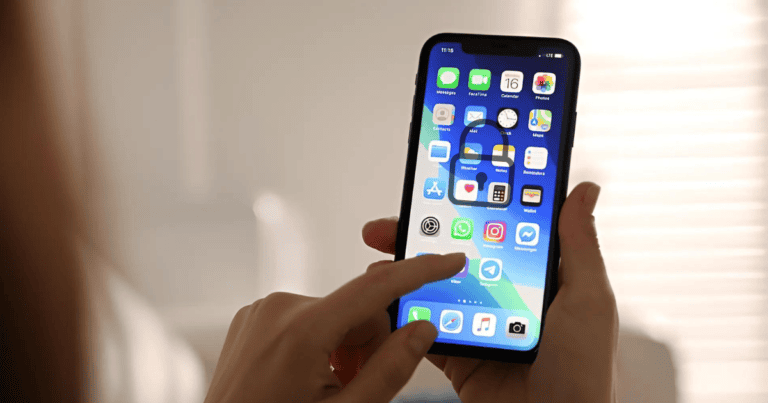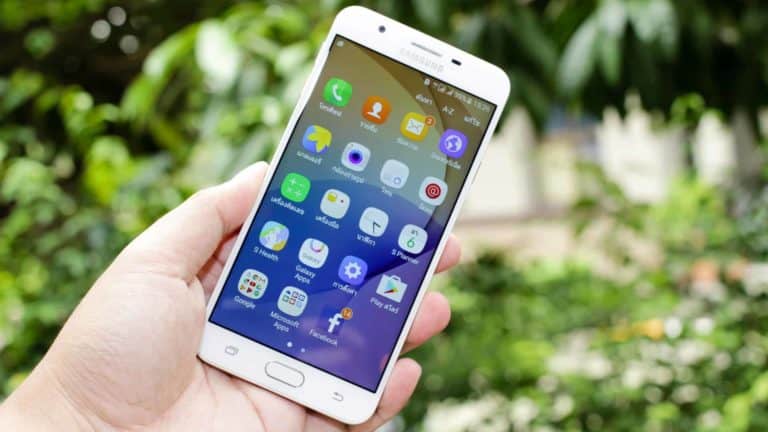In an increasingly competitive market, selecting a smartphone within the $300 range can be an intimidating task, requiring careful consideration of various essential features. Factors such as performance, battery life, and camera quality play pivotal roles in ensuring value for your investment. In addition, assessing choices between operating systems and understanding design preferences can greatly influence your decision. As we explore these dimensions, it becomes apparent that the right approach can lead to a satisfactory purchase, yet many consumers remain unaware of the nuances that could enhance their experience. What are the key elements that should guide your choice?
Importance of Key Features
When selecting a budget smartphone under $300, understanding the importance of key features such as RAM, battery capacity, display quality, camera capabilities, and charging speed is essential for guaranteeing a satisfactory user experience.
A device with a minimum of 6GB of RAM is recommended to facilitate smooth multitasking, making it easier to switch between applications without lag, which is particularly useful for casual users.
Battery capacity plays an essential role in the overall performance of a smartphone. Opting for a device that offers at least 4000 mAh guarantees that users can enjoy a full day of usage without the need for frequent recharging.
Additionally, the display quality should not be overlooked; a Full HD+ resolution of 2200×1080 enhances the viewing experience, providing crisp visuals for streaming and browsing.
Camera capabilities are equally significant, with a minimum 50MP main camera being advisable for capturing high-quality photos in various lighting conditions.
Choosing Between Android and iOS
Choosing between Android and iOS involves evaluating distinct user experiences, integration capabilities, and customization options that cater to individual preferences and needs. Each operating system presents unique advantages that can greatly impact your smartphone experience.
| Feature | Android | iOS |
|---|---|---|
| Customization | Extensive options; tailored UI | Limited; cohesive Apple ecosystem |
| Software Updates | Varies by manufacturer; Google Pixel updates first | Timely updates; up to six years |
| Device Variety | Wide range of hardware choices | Limited to Apple devices |
For users already embedded in the Apple ecosystem, iOS offers seamless integration with other Apple products and consistent software updates. Conversely, Android provides greater flexibility, allowing users to choose from various manufacturers and models, including budget-friendly options like the Google Pixel. As you explore your choices, consider your familiarity with each system, the type of apps you prefer, and how important timely software updates are to your smartphone experience. Ultimately, the decision rests on what aligns best with your lifestyle and technological needs.
Evaluating Design and Build Quality
The design and build quality of a smartphone greatly influence both its aesthetic appeal and practical usability, impacting the overall user experience. When examining a budget smartphone under $300, consider the materials used in its construction. Devices crafted from glass may offer a more premium look but can be more fragile than plastic alternatives. The choice of materials not only affects durability but also the overall feel of the device in hand.
Ergonomics is another essential factor; smartphones should fit comfortably in the hand, with well-placed buttons that enhance usability. A comfortable grip is crucial for prolonged use, so testing the device in-person can help determine its suitability for your needs.
Additionally, look for models that feature water and dust resistance ratings, such as IP67 or IP68, which provide peace of mind against environmental damage. These ratings are significant indicators of build quality, ensuring that the smartphone can withstand everyday challenges.
Understanding Camera Specifications
Understanding camera specifications is essential for selecting a budget smartphone that meets your photography needs and expectations.
When examining camera specifications, consider the megapixel count, which indicates the resolution of images. However, it’s important to remember that a higher megapixel count does not always guarantee better image quality; effective software processing plays a critical role in the final output.
In addition to megapixels, pay attention to the number of lenses, as dual or triple-camera setups can enhance versatility. These configurations often include wide-angle, telephoto, and macro lenses, allowing for a broader range of photography styles.
Optical image stabilization (OIS) is another feature to look for, as it helps reduce blur caused by movement, particularly beneficial in low-light photography situations.
For improved low-light performance, seek smartphones equipped with specific modes like Night Sight or Night Mode, which enhance image quality in darker environments.
Display Quality and Performance
Camera specifications play an important role in a smartphone’s overall capabilities, but display quality and performance are equally vital factors that directly impact user experience.
When evaluating smartphones under $300, users should prioritize display quality, which is often defined by resolution and refresh rate. A Full HD+ resolution (2200×1080) is standard and provides sharp images and text, enhancing the visual experience.
Additionally, higher refresh rates—ranging from 90 to 165Hz—offer smoother navigation and animations, particularly beneficial for gaming and scrolling. This fluidity can greatly enhance user satisfaction and engagement.
Performance is equally essential; smartphones equipped with a robust chipset, complemented by at least 6GB of RAM, guarantee that multitasking remains seamless.
Furthermore, OLED displays provide superior contrast and deeper blacks compared to traditional LCDs, greatly improving visual quality, especially in low-light scenarios. This technology not only elevates the viewing experience but also contributes to overall performance by optimizing battery consumption.
Consequently, when selecting a budget smartphone, evaluating display quality and performance is critical for maximizing daily usability and enjoyment.
Battery Life Considerations
How can one guarantee that a budget smartphone under $300 delivers reliable battery life throughout the day? When selecting a device in this price range, it is essential to focus on several key features that directly influence battery performance.
Battery Capacity: Look for smartphones with a battery capacity between 4,000 mAh and 5,000 mAh, which typically guarantees a full day of usage.
Efficient Processor: Choose models equipped with newer chipsets that optimize power consumption, enabling longer battery life without considerably increasing capacity.
Display Technology: Opt for devices with AMOLED screens, which conserve energy by turning off individual pixels when displaying darker colors.
Additionally, consider smartphones that offer fast charging capabilities, allowing for quick recharges, and those featuring adaptive battery technology. This functionality learns user habits and adjusts power usage accordingly, further extending battery life.
Tips for Smart Shopping
When shopping for a budget smartphone under $300, it’s essential to carefully evaluate specifications and features to guarantee you make an informed decision. Focus on the price point while making sure you achieve peak performance despite the budget constraints. Look for budget-friendly smartphones that meet your needs without sacrificing quality.
To aid your decision-making process, consider the following table that highlights key features to evaluate:
| Feature | Recommended Specifications | Importance |
|---|---|---|
| RAM | At least 6GB | Guarantees smooth multitasking |
| Storage | Minimum 128GB | Allows for ample apps and media |
| Camera Quality | 12MP or higher | Enhances photography capabilities |
Additionally, prioritize manufacturer reliability. Brands like Motorola and OnePlus are known for their solid performance and timely software updates, making them trustworthy choices. Research and compare various models, focusing on camera quality and battery life, to find the best fit for your needs. Don’t overlook sales or discounts, as they can greatly impact the final cost of your purchase.
Final Thoughts
To summarize, selecting a $300 smartphone necessitates careful consideration of various key features, including performance, battery life, camera quality, and display.
Significantly, a survey indicates that 75% of consumers prioritize camera specifications when making a purchasing decision, underscoring the significance of this feature in contemporary smartphones.
By understanding the intricacies of operating systems, design, and brand reputation, consumers can enhance their shopping experience and ultimately choose a device that meets their needs and preferences effectively.






